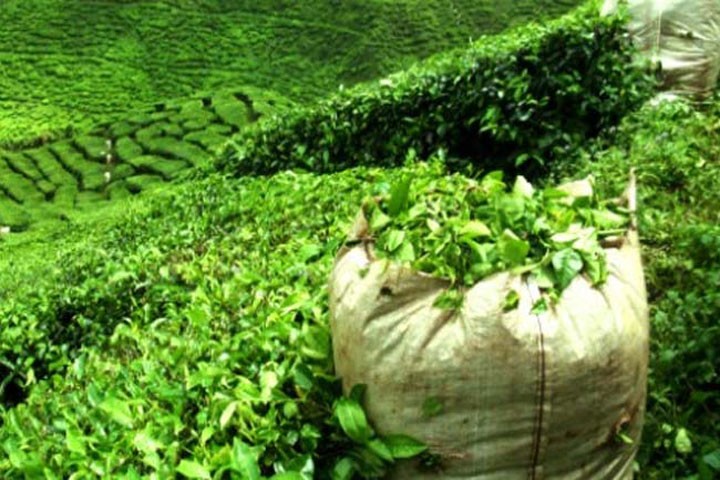New Delhi– Driven by exports to regulated markets as well as continued growth in the semi-regulated markets, India’s bulk drug exports are likely to grow at a compounded annual growth rate (CAGR) of 12-14 percent till 2018-19, a joint study said here on Monday.
The study, titled ‘Indian Pharmaceutical Industry: Changing Dynamics and The Road Ahead,’ was conducted by Assocham along with Yes Bank.
“Share of regulated markets in Indian bulk drug exports might rise to about 51 percent by 2018-19, driven by Indian manufacturers’ better process chemistry skills, low manufacturing costs, higher number of drug master filings (DMFs), expected expansion of key generic markets and cost reduction initiatives by large global companies,” the study said.
Of late, Indian bulk drug exports have shifted in favour of regulated markets evidently as there has been an increase in the share of these markets to about 49 percent in 2013-14 from about 43 percent in 2008-09, it said.
Exports of bulk drugs used for manufacturing off-patent drugs will continue to grow at a 12-14 per cent CAGR in the next 5 years till 2018-19, while demand for active pharmaceutical ingredient (API) from on-patent drugs is expected to grow at a slower pace, the study highlighted.
This is mainly on account of the expected slowdown in the branded medicines market in both Europe and America. This coupled with pricing pressures is expected to impact pricing realisations for Indian API exporters.
However, strong growth in volumes is still expected in these markets as increasing competition from generics will lead to cost pressures on innovator companies, the study added.
“Growing at a CAGR of 12-14 percent between 2013-14 and 2018-19, domestic formulations market is likely to cross $20 billion mark by 2018-19 from a level of about $11 billion in 2013-14,” the joint study further noted.
It said: “The growth story of domestic formulations market is expected to remain strong, led by a rise in life-related diseases, better healthcare diagnostic infrastructure adding to increasing disease detection rate, new product introductions, volume growth driven by increasing penetration and better access to health care.”
Further, India’s formulation exports are expected to grow at a CAGR of 14-16 percent between 2013-14 and 2018-19.
During the 2012-2017, drugs generating annual sales of about $130 billion are likely to lose patent protection and will be exposed to generic competition, highlighted the study.
“Therefore sales of generics are expected to grow at a CAGR of 7-9 percent over next five years thereby outperforming the overall global pharmaceutical market, whose growth is expected to be limited to 3-5 percent.”





